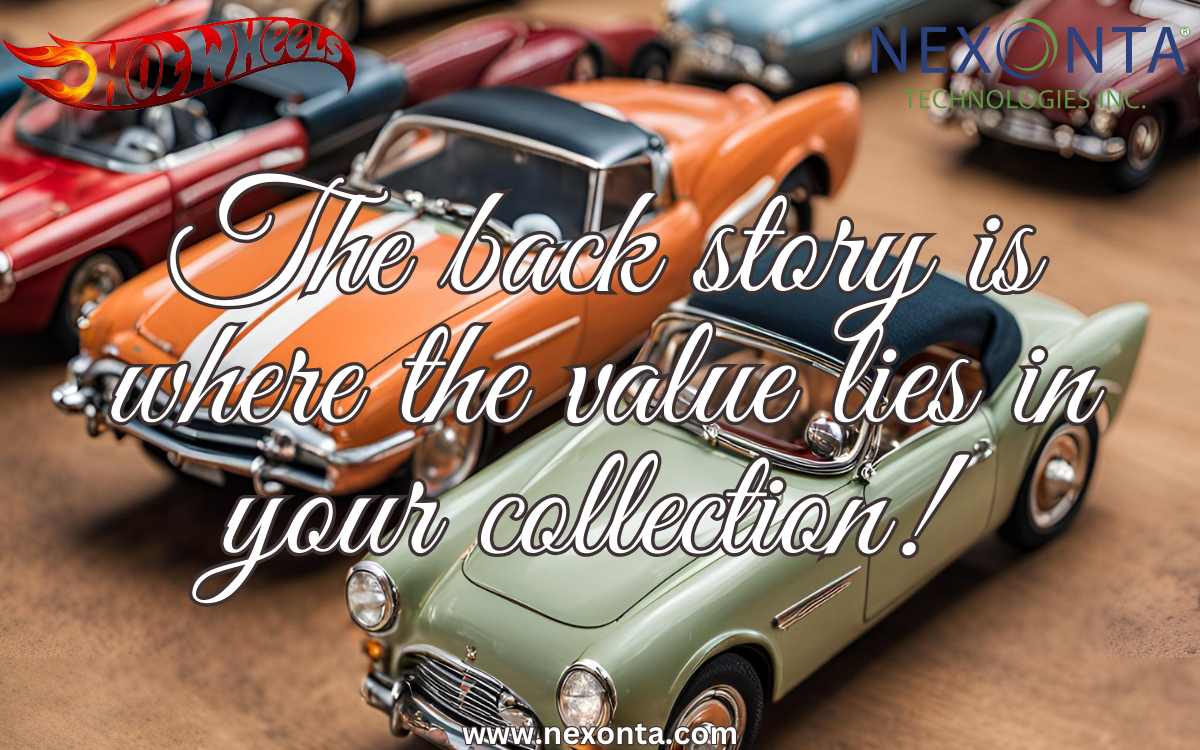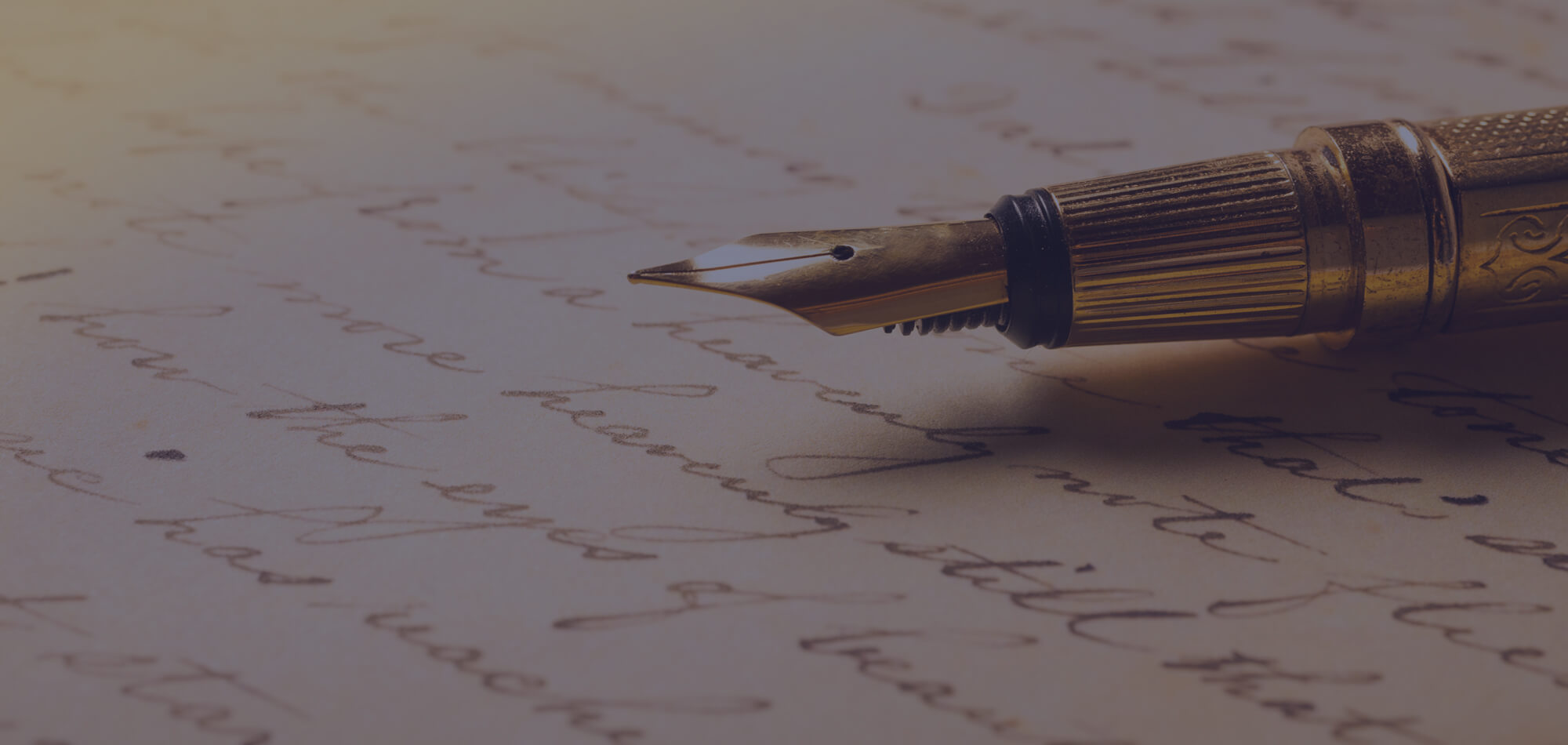15 December 2024

Why Knowing Collectible History Boosts Their Value
In the world of collecting, it’s easy to focus on the item itself—its condition, rarity, and market value. But have you ever stopped to wonder about the story behind the piece you hold so dear? Whether your passion lies in vintage toys, rare coins, antique furniture, or even art, understanding the history of what you collect can elevate your experience from mere ownership to true appreciation.
Why the Backstory Matters
Every collectible has a story. It could be the tale of its creation, the legacy of the company or individual who made it, or even the journey it took to find its way into your hands. These narratives not only add depth to your collection but also provide insight into the cultural, historical, and emotional significance of the pieces.
Take, for example, a vintage Hot Wheels car. Sure, its design might be visually stunning, and its scarcity could make it a coveted item. But did you know that the first Hot Wheels cars were launched in 1968, designed to stand out with their flashy colors and speed on track sets? Understanding this context makes the car more than just a toy—it becomes a piece of history.
Building Emotional Connections
Learning the backstory of your collectibles creates an emotional bond. Items are no longer just objects; they become chapters in a greater narrative. Knowing that a collectible once belonged to a prominent figure, or that it was part of a limited run inspired by a cultural movement, adds a layer of personal pride to your collection.
When you share these stories with others, your passion becomes infectious. People aren’t just drawn to the item—they’re captivated by its journey.
Enhancing the Value of Your Collection
Collectors often discuss the concept of value, which can be monetary, sentimental, or historical. While rarity and condition play a significant role in determining market value, the story behind an item can elevate it even further. A well-documented history can make an otherwise ordinary piece extraordinary.
Imagine owning a vintage guitar. If that guitar was once played by a legendary musician, its value skyrockets. Similarly, if you collect art, knowing about the artist’s inspirations, struggles, and triumphs gives you a richer appreciation for the work.
Where to Start: Tips for Researching Collectible Histories
1. Dive into Company Histories: Learn about the origins of the brand or maker. Companies like Mattel, creators of Hot Wheels, have fascinating histories worth exploring.
2. Trace Provenance: If possible, track the ownership history of the item. Auctions, certificates, and old receipts can provide clues.
3. Explore Cultural Context: Understand the time period and events that influenced the item’s creation. Was it born out of innovation, necessity, or art?
4. Engage with Communities: Join collector groups, forums, and social media pages. Fellow enthusiasts often have a wealth of knowledge to share.
5. Seek Expert Opinions: Consult historians, appraisers, or museum archives for deeper insights into your collectible.
The Thrill of the Hunt
As you dive deeper into the stories behind your collection, you’ll find that the process of learning is just as rewarding as acquiring the item itself. It’s an adventure—one that connects you with history, culture, and like-minded individuals who share your passion.
Conclusion
Collecting is about more than amassing objects; it’s about cherishing the stories they carry. By taking the time to uncover the history of what you collect, you enrich your experience, enhance the value of your collection, and forge a deeper connection to the past. So the next time you acquire a new piece, ask yourself not just what it is, but *where it has been*. Because, as any seasoned collector will tell you, the real treasure lies in the story.



